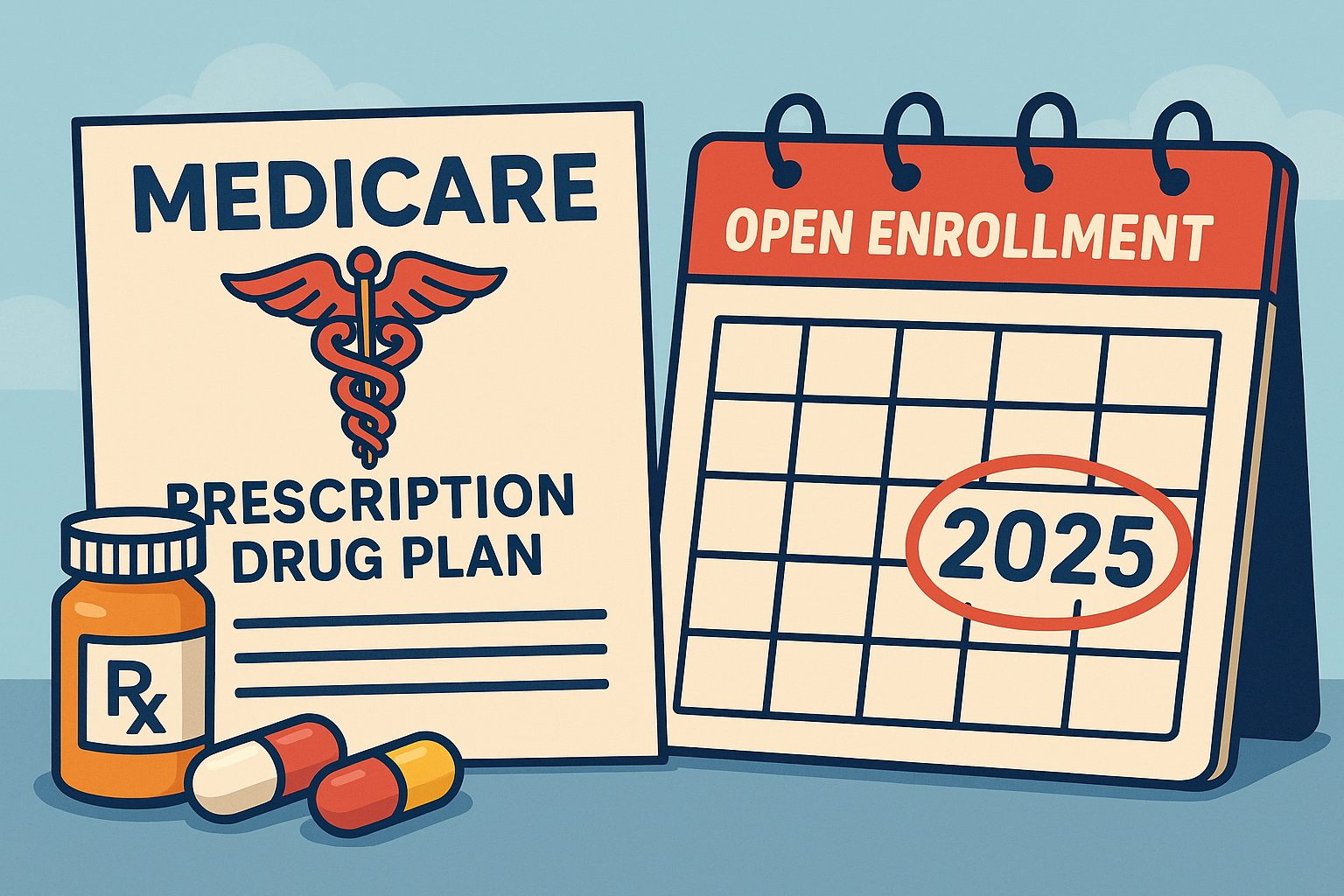Have you explored ways to re-engineer your Employee Benefits to maximize your dollar? If you’re spending after tax dollars to pay for medical expenses, you may not be maximizing your savings. Health benefit plans allow employers and employees to set aside funds, pretax, to help employees pay for qualified medical expenses. By combining a number of different tax strategies, we can help you find major savings for both your company and your employees.
1. Flexible Spending Account (FSA)
FSAs are more important than ever. They can reduce the amount of taxes an employee needs to pay and also help save the company money by reducing payroll taxes. A Flex Plan is a consumer-driven account that allows employees to use pre-tax money for eligible healthcare and dependent care expenses. Typically the funds in a flex plan are available during a 12-month enrollment period, however due to COVID-19 and its effects, this enrollment window has been extended, allowing employees additional time to use their FSA account balances. If you want to learn more about how COVID-19 has affected your FSA, reach out to us today.
2. Health Savings Account (HSA)
Similar to FSAs, HSAs sets aside funds into an account, pre-tax. However HSAs offer employees more flexibility and control—they can use, save, or invest the money in their account. Any unused money rolls over instead of disappearing and, because it belongs to employees not the employer, the HSA is portable and moves with the employee to their next job.
3. Medical Reimbursement
Did you know you can pay all out-of-pocket medical expenses using company deductible dollars? You may be able to claim a deduction if your total healthcare costs for the year are high enough. You can deduct your health insurance premiums—and other healthcare costs—if your expenses exceed 10% of your adjusted gross income. Owners may also qualify to write off their professional and business, out-of-pocket expenses using a discriminatory medical expense reimbursement plan. (Ask us how!)
4. Health Reimbursement Arrangement (HRA)
HRA plans are employer-funded medical reimbursement plans. The employer sets aside a specific amount of pre-tax dollars for employees to pay for health care expenses on an annual basis. Depending on how the plan is designed, HRAs can generate significant savings in overall health benefits.
5. Self-Insured Dental Expense Plan
A self-insured dental expense plan can “beat the heck” out of a fully-insured dental plan and here’s why: The fully insured plan offers employers peace of mind but they cost more and the rates increase every year. Self-funded plans on the other hand offer employers more control, increased transparency, and significant annual savings. Most plans have a firm cap on this liability per covered life and, assuming they don’t discriminate, can create an efficient employee benefit.
—
These are just our top 5 hacks, but we have so many more strategies in our tool kit. To learn more about these tax strategies, schedule a FREE 30-minute consultation with an Employee Benefits experts or email us at marketing@www.corpstrat.com. We’ll see how we can rethink your benefits and save your company money.



